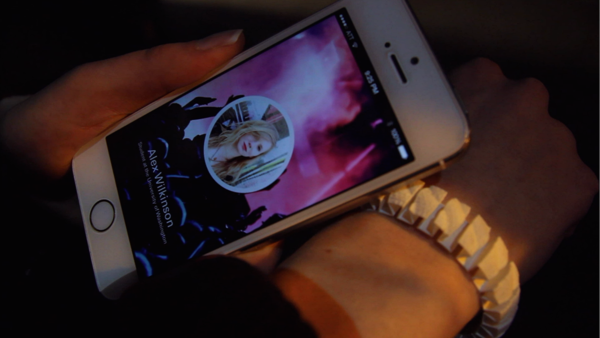Like a lot of us, young people like to party. But being under the influence of alcohol in an unfamiliar environment or in crowds of strangers can reduce their ability to protect themselves or make safe choices, particularly when they become separated from their friends. In an attempt to reduce the danger, a group of University of Washington students have designed a smart wearable that automatically alerts friends if something may be wrong.
Winner of "Best Product Concept" winner at the Microsoft Research Faculty Summit Design Expo 2014, the Vive project is designed by young people for young people. Borne from discussions with SARVA (Sexual Assault and Relationship Violence Activists) at the University of Washington, the project team had its assumptions confirmed that alcohol consumption is the largest contributor to sexual assaults of college students. As a result, the team’s aim was to come up with a way to intervene in hazardous, alcohol-charged social situations to help keep young people safe, but without introducing onerous restraints that might reduce their social enjoyment.
The Vive concept envisions a wearable band or bracelet that contains a transdermal alcohol sensor along with a monitor for dehydration, and a gyroscope and accelerometer to sense unusual changes in the wearer’s motion (for example, if the wearer passes out). As such, unlike other alert wearables, Vive does not need the wearer to press any buttons for help.

The group also imagines that Bluetooth would be used to connect Vive to paired smartphones, and to other bands in a social group. In addition, the designers picture that connected smartphones using GPS and Wi-Fi triangulation could help provide the location of friends in need if an alert situation arises, such as when dehydration or alcohol are at dangerous levels.
The Vive is also envisioned to keep friends connected directly band to band (a proposed feature is the tapping together of bracelets to create a wireless connection) without the need for a smartphone or other device. The Vive is planned to inconspicuously prompt wearers to check in periodically by vibrating every so often. Clasping the band briefly lets other Vive wearers in the group know that all is well. If the wearer is unable or chooses not to acknowledge the prompt within a certain time, the friends are alerted.
The team behind Vive want to see its project come to fruition on the commercial market, and propose eventually launching it at events that involve alcohol where wristbands are already an accepted and common accessory, such as at music festivals and raves.
No announcement has yet been made as to when a prototype may be available, or a proposed price should it ever reach the market.
The short video below explains more detail of the functions and uses of Vive.
Source: Behance
















